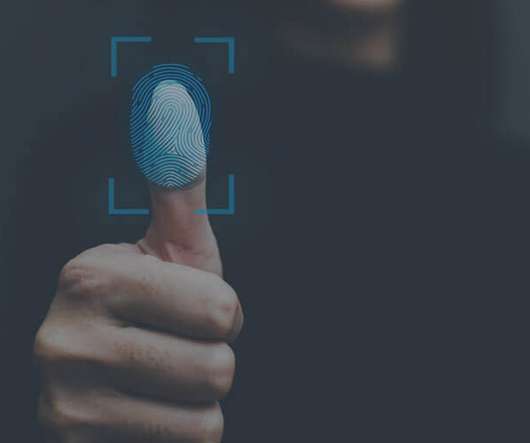What is scareware?
Malwarebytes
JULY 16, 2021
It’s a VPN. General awareness of common social engineering techniques will also help steer you away from panic-based decisions. While scareware isn’t the mainstream force it once was, it still has the capacity to shock the money from your bank account. That’s all it takes for some money to change hands. Double win!












Let's personalize your content